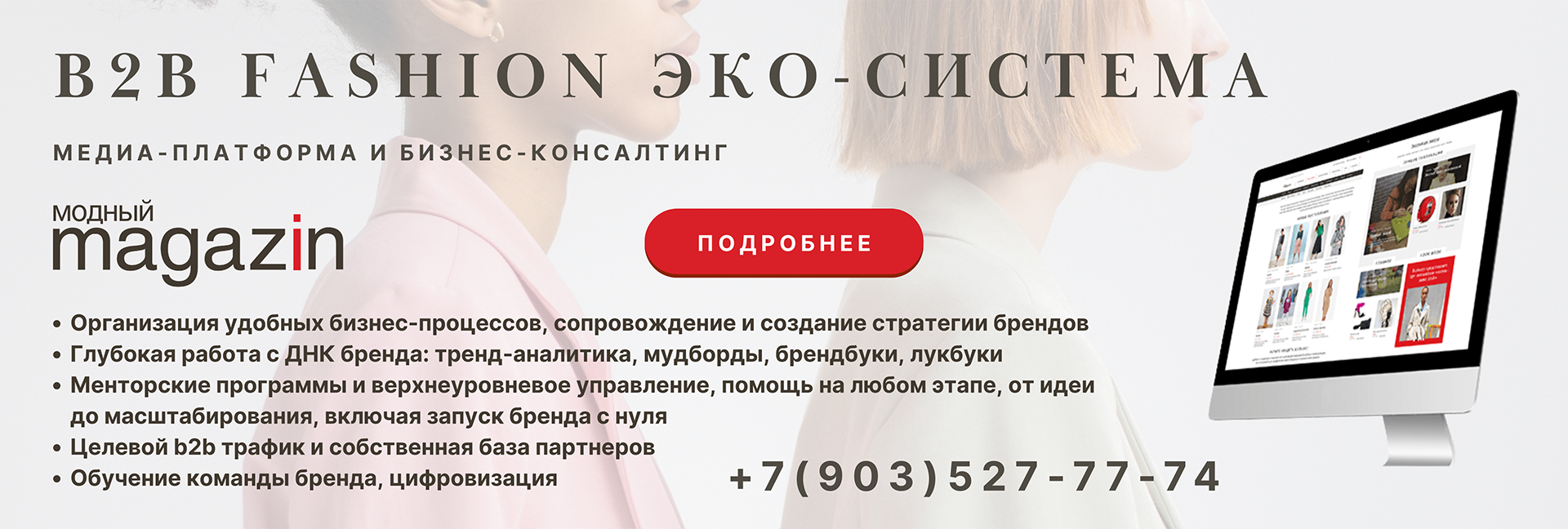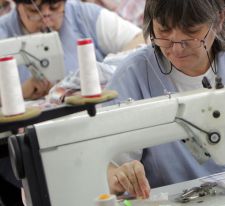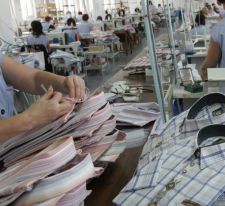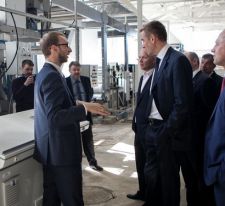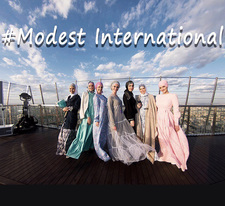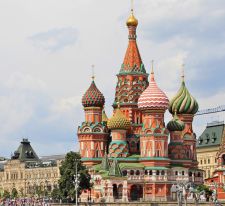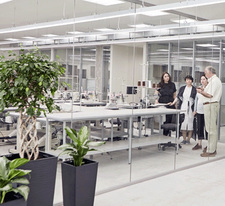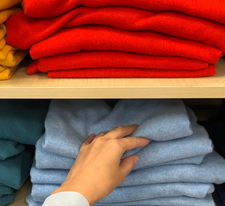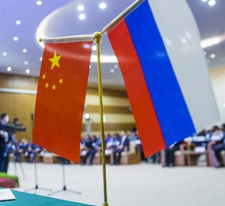Transfer of production to Russia: to sew or not to sew?
To translate or not to translate?
The issue of transferring production to Russia somehow affected all major retailers in this difficult time. Someone, such as SELA, does not see the possibility of recreating a full-fledged infrastructure here, similar to that offered by factories in China. And someone is ready to move and expand.
The company «Rostech» (brands «Wild Orchid», «Bustier», «Fashion Show » and «Grand Fashion show ») It is going to double its own production in Russia to 8 million units of goods per year. Two new enterprises may be leased in the Smolensk region in the near future. Previously, the company placed orders mainly in China and the Baltic States, and now at two factories in the Moscow and Smolensk regions. The desire to increase its capacity in "Rostech" is explained by the constant overload of existing factories in Russia and the desire to have greater independence from the exchange rate. It is important to emphasize that the retailer is ready to share the capabilities of half of its factories with competitors!
Melon Fashion Group (brands befree, Zarina and Love Republic) also expressed a desire to increase production in Russia. In 2016, the Finnish company Finn Flare also acquired production in the capital. She bought a workshop with an area of 300 m2 and a capacity of up to 100 products per day.
With the beginning of the crisis, the retailer "Sportmaster" began placing some of its orders at domestic enterprises (in total, the company uses 500 factories around the world). Now 15% of their clothing and footwear products are produced in Russia.
Bosco and Elis brands are picking up the trend. The Bosco brand intends to build a sportswear factory in the Kameshkovo Industrial Park in the Vladimir Region. The Russian women's clothing brand Elis plans to open a sewing production of trousers and skirts in the Saratov region in 2016.
The Kira Plastinina brand began to increase production in Russia a year and a half ago, explaining this by the possibility of strengthening quality control of manufactured products. Two years ago, the company produced 20% 30% of collections in Russia, last year it was already 30%40%, now it is about 70%. It is known that Kira Plastinina organized her own production in the Lakes near Moscow, for which a beautiful historical building was purchased on the territory of an industrial park. Kira's colleagues do not disclose the addresses of their factories: the competition for high-quality sites is too great.
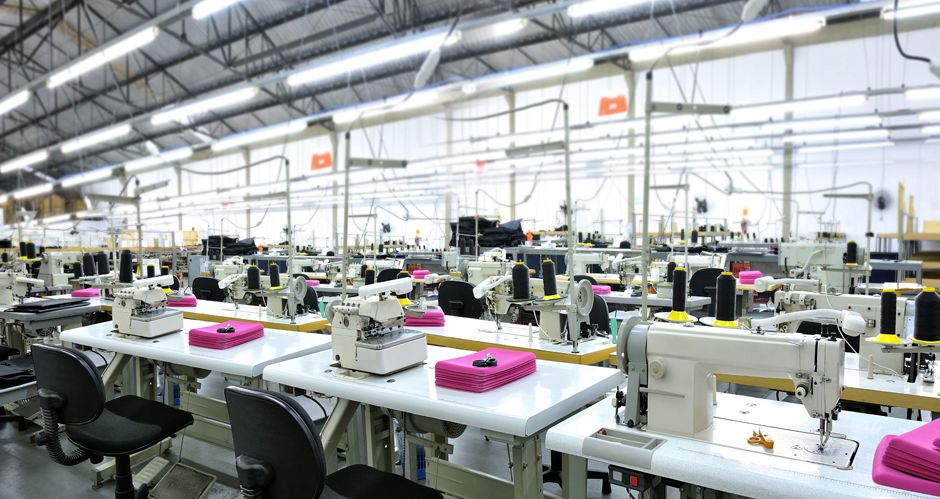
However, despite the active search for alternatives to production in Asia, so far none of the major players plans to completely abandon production outside of Russia. After all, the creation of clothing consists not only of tailoring. Among the risks of local production is a shortage of domestic fabric. Manufacturers have to buy imported raw materials, the cost of which depends on currency fluctuations, and independently plan its order for a long time before the start of tailoring. We must not forget that all imported fabrics are covered with customs duty. As a result, the same fabric costs more to a Russian manufacturer than to an Asian or European one. When placing orders abroad, there is no need to pay a fee for materials. In 2015, the volume of clothing production in Russia decreased by almost a quarter of the volume produced in 2014. This is due to the fact that the clothes belonging to the mid-price category are almost all sewn from imported fabrics.
A separate point is the issue of placing production in Russia by foreign brands. In particular, the attractiveness of the placement has already been confirmed by representatives of the French Fashion house Pierre Cardin – negotiations have begun on the transfer of the famous brand's clothing production to Russia. Now the brand's products sold in Russia are manufactured under license, and its owners work in Germany, the USA and Italy. Pierre Cardin's successor and Fashion house designer Rodrigo Basilicati told the press that he wants to transfer this license to Russian factories.
Meanwhile, the Ministry of Industry and Trade is negotiating the placement of orders for production in Russia with the companies "Decathlon" and Benetton. Earlier, the Ministry invited the brands ZARA (Spain) and H&M (Sweden) to place their orders in the field of light industry at Russian enterprises.
In general, despite the many positive aspects of transferring the production of foreign brands to the Russian Federation, serious interest from foreign retailers is possible only if there are bonuses and preferences from the state. In this case, companies could move production, which would give domestic enterprises serious support and invaluable experience working with demanding customers. Buyers would also receive a bonus in the form of lower prices for clothes of foreign brands. Taking into account the relative cheapness of labor, the low exchange rate of the ruble and significantly lower logistics costs compared to China, prices could decrease by 10-20%. At the same time, prices continue to rise, plunging the fashionable population into hopeless sadness.
It is no secret that a new round in the development of industry always entails the emergence of new jobs and an increasing need for qualified specialists. Thus, the development of industry is inextricably linked with the development of training programs both in production and in universities. The resulting chain provides a unique synergy in which educational processes, production, employment of the population and increasing the overall prestige of Made in Russia products are connected.
Author: Svetlana Michan
Photo: Shutterstock.com
